Hey there! Today, I’m super excited to share another post in our Crochet Basics series. If you’re new here, welcome! This series is dedicated to sharing all the little details I’ve learned about crocheting clothing. In today’s post, we’re diving into the world of yarn selection, which is crucial for any crochet clothing project. We’ll explore how to choose the best yarn composition for crochet clothing, what to avoid, and some common pitfalls. Whether you’re a beginner or an experienced crocheter, this guide will help you make informed decisions and ensure your crochet creations are comfortable, durable, and beautiful.
So, let’s get started with the basics of yarn composition!
yarn composition for crochet clothing
When it comes to choosing yarn for crocheting clothing, the composition is paramount. Using natural fibers not only benefits your skin but also the environment. Here are the main types of yarns I recommend for crochet clothing projects:
COTTON yarn composition for crochet clothing
Cotton is a versatile and stable fiber, making it an excellent choice for crochet projects. It’s not bouncy, and its production methods are fairly consistent across brands. For beginners, 100% mercerized cotton is a great option. It’s shiny, durable, easy to crochet with, and slightly heavier than regular cotton yarn.
Benefits of Cotton:
- Good for the body: It’s breathable and comfortable.
- Good for the planet: It’s biodegradable and sustainable.
- Easy to control: Washes and steams well.
I do not have favorite brands here, I have crocheted with different kinds of cotton from different brands, some are shinier, and some are more resistible to washing machine. But nothing totally favorite yet 🙂
If you are on a budget, and looking for some resistant yarn for less money, you can try this Daphne from Ice Yarns. The yarn is mercerized, but not very shiny, but (!) resisted very well machine washing, so, that’s why recommending :)!
For reference, you can check this category to see what I have crocheted in the past years using cotton yarn:
Crocheted with Cotton
Master the art of creating perfectly fitting, bespoke crochet garments. Learn precise measurement techniques, customize patterns, and achieve professional results.
SILK yarn composition for crochet clothing
Silk yarn produces stunning results. It’s a bit of a luxury yarn, but the outcome is always beautiful. Be cautious, though, as not all silk yarns are created equal. Some might be mislabeled as silk but are actually viscose or other materials.
Benefits of Silk:
- Luxurious feel: Creates elegant, drapey garments.
- Durable: Withstands wear and tear well.
So in my opinion according to my experience:
- Silk is an amazing yarn to crochet with. I crochet with very twisted silk yarn, with semi-twisted, with… well, many! All my perfect silk came from Colourmart. They sell yarn from different producers, so, I doubt I had the same silk from them every time, but that my garment came out perfectly with the Colourmart silk – it IS always!
No sponsoring here! Although I wish I was!
- I, for the first time, bought some leftover silk from a Bulgarian company, that was going out of business, and the silk was fantastic, I wish I could buy silk from them over and over again. I have crocheted this skirt, this top, and another skirt I have not published on the blog yet.
- Then I was into silk and I bought some Turkish yarn from eBay called silk, only to discover later that it was 100% viscose… Do not buy excessively cheap silk, it might be viscose or poly. (When burnt silk smells like burnt hair, viscose will smell like burnt paper and poly will melt, becoming plastic).
- Then, I found an Indian silk company, silk was sold by kg and was pretty affordable, but! The color was not stabilized at all. And it was constantly running, very heavily to say the least.
Only then did I find Colourmart, and happiness came into my life! lol! In the upcoming months, I will be sharing more of my crochet clothing here on the blog.
Where to pay attention to when you are buying silk yarn:
✂️ Silk may be viscose or poly and not silk at all;
✂️ Silk may not be shiny, but not specified. Not shiny silk is called bourette silk, and it is dull (perfect for men’s clothing if you ask me). The companies do not like to specify that and sell it at the price of shiny silk. Bourette silk is a cheaper silk because it is made out of “leftovers” of shiny silk.
For reference, you can check this category to see what I have crocheted in the past years using silk yarn:
Crocheted with Silk
LINEN yarn composition for crochet clothing
Linen can be tricky, especially for beginners, as it tends to be rough to the touch and tough to work with. However, high-quality linen or linen blends (like linen-cotton or linen-silk) can be fantastic for crochet clothing.
Benefits of Linen:
- Extremely durable: Great for items that need to withstand heavy use.
- Unique texture: Adds a rustic charm to garments.
Unfortunately, I have lost photographs to show you my crocheted clothes from linen yarn. I hope to get back to linen yarn as fast as I have a chance!
What about other fibers?
There are many, I agree. Sometimes they are very dependable on the brand, sometimes too different to handle for clothing depending on their twist. Let me make some notes on the ones I have tried:
For reference, you can check this category to see what clothing I have crocheted in the past years using different fiber yarns:
Crocheted with “Other”
Viscose
Avoid, avoid, avoid!! I cannot stress “avoid” enough! lol! It is “made out of wood” using a chemical process. So it IS from natural origin, but oh my!!!! This yarn is a nightmare in the crochet world! And, believe me, I have tried it mixed with cotton, with linen, and the same thing! Same outcome! You get it, crochet it, put it – it will stretch out (I came out in a mini dress, came back in a maxi!), you wash it, and it is perfect again. You put it on – and the same thing!
I excluded it from my crochet and knitting clothing for good. No company on this planet will make me try it again!
But I do love sewing with viscose fabric, lol! Only sewing!
Modal
Fancy word, that in the yarn world, they use it sometimes to describe viscose…
To my knowledge (I could be wrong, though), it is produced like viscose only using different chemicals. But also sometimes it can be produced from artificial material. SOOO, no control here. I had good and bad experiences with modal, different yarns feel differently. I have crocheted with shiny modal, I have crochet with very opaque modal, almost linen looking. So, it is a crazy world. Experiment, let me know if you find something fun! 🙂
Master the art of creating perfectly fitting, bespoke crochet garments. Learn precise measurement techniques, customize patterns, and achieve professional results.
Wools
This is huge. I have crocheted from different wools. But mostly accessories, like a scarf (1, 2, 3, 4) or a hat.
I have made a dress, a sweater, and a top from Merino mixed with Nylon (discontinued yarn from Katia Yarns) – it was perfect and survived all my washing/steaming manipulations.
I have used 100% wool to crochet a skirt. Nice, a bit itchy.
Also, I have tried a discontinued alpaca for a sweater.
What can I say?! I have a love/hate relationship with using wool for crochet. I love how it comes out. But I do not love wearing wool crochet sweaters in windy weather… It is super warm, but all the holes…
I want to keep crocheting accessories, it is very fun and you can test the yarn))! I might make some winter clothing, it will depend hugely on the place I will be leaving, on the weather conditions…
I would suggest:
⇶ go for machine washable wool – easy to care
⇶ check that the yarn is not very bouncy, or not bouncy at all, you will save time fitting it later 🙂
For reference, you can check this category to see what clothing I have crocheted in the past years using wool yarn:
Crocheted with Wool
Conclusion
By sticking to natural fibers like cotton, silk, and linen, you’ll create garments that are comfortable, durable, and environmentally friendly. These materials are my top recommendations based on years of experience, and they’re sure to help you achieve beautiful results in your crochet clothing projects. Stay tuned for our next post on the thickness of the yarn!
© 2024 hWardrobe. All rights reserved.


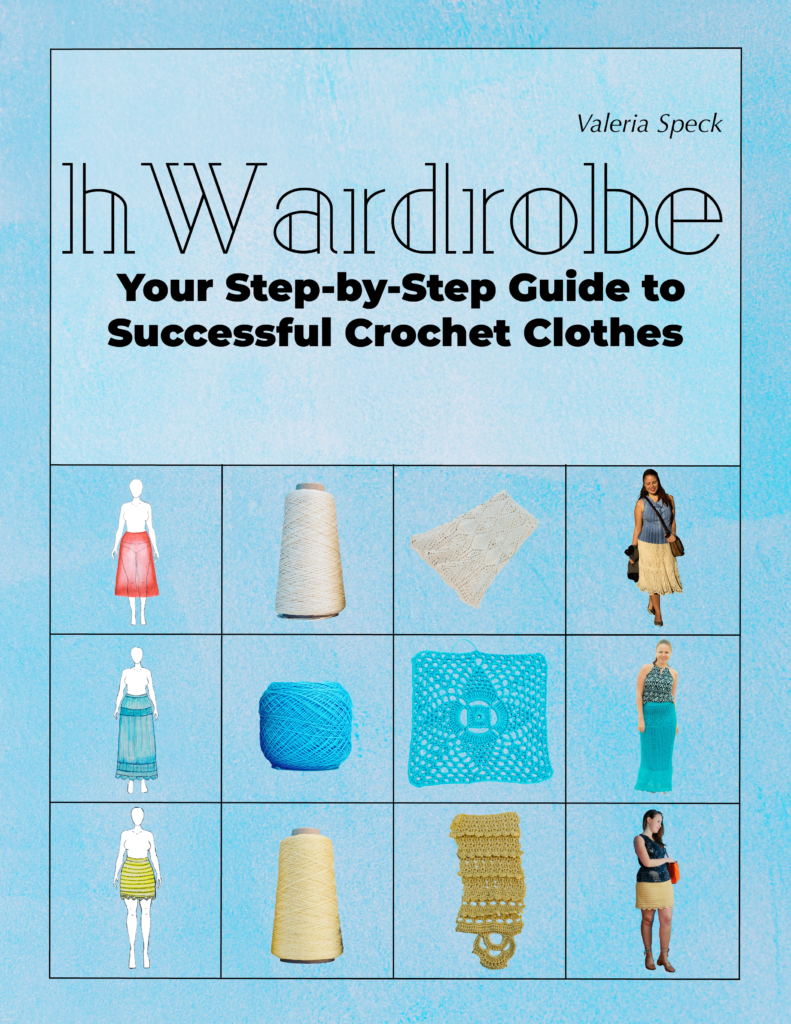


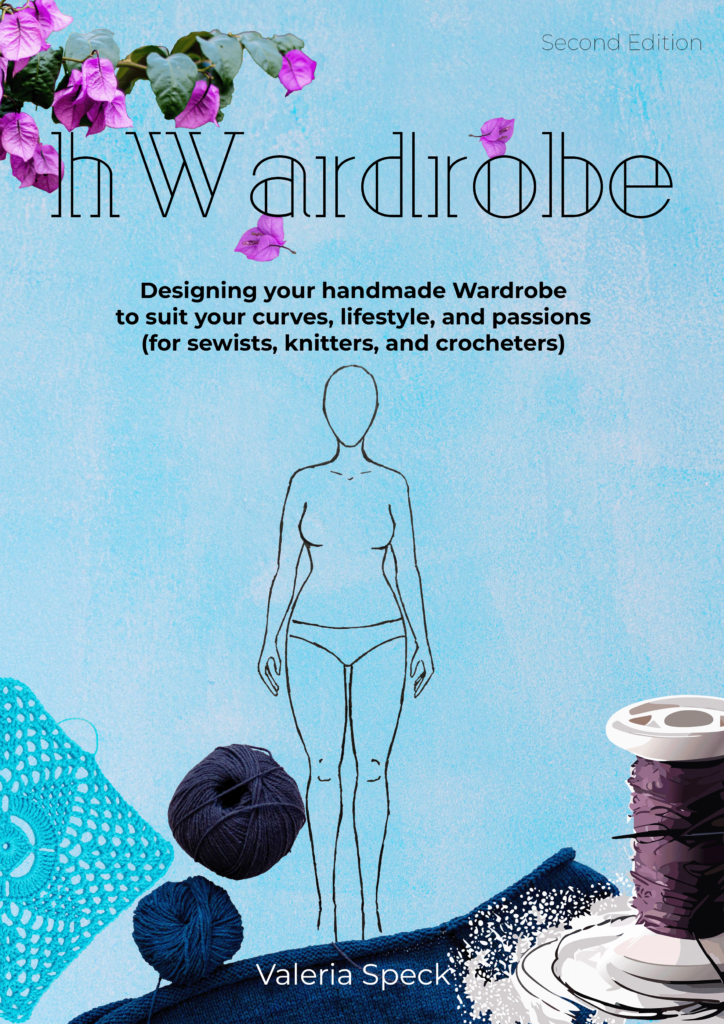
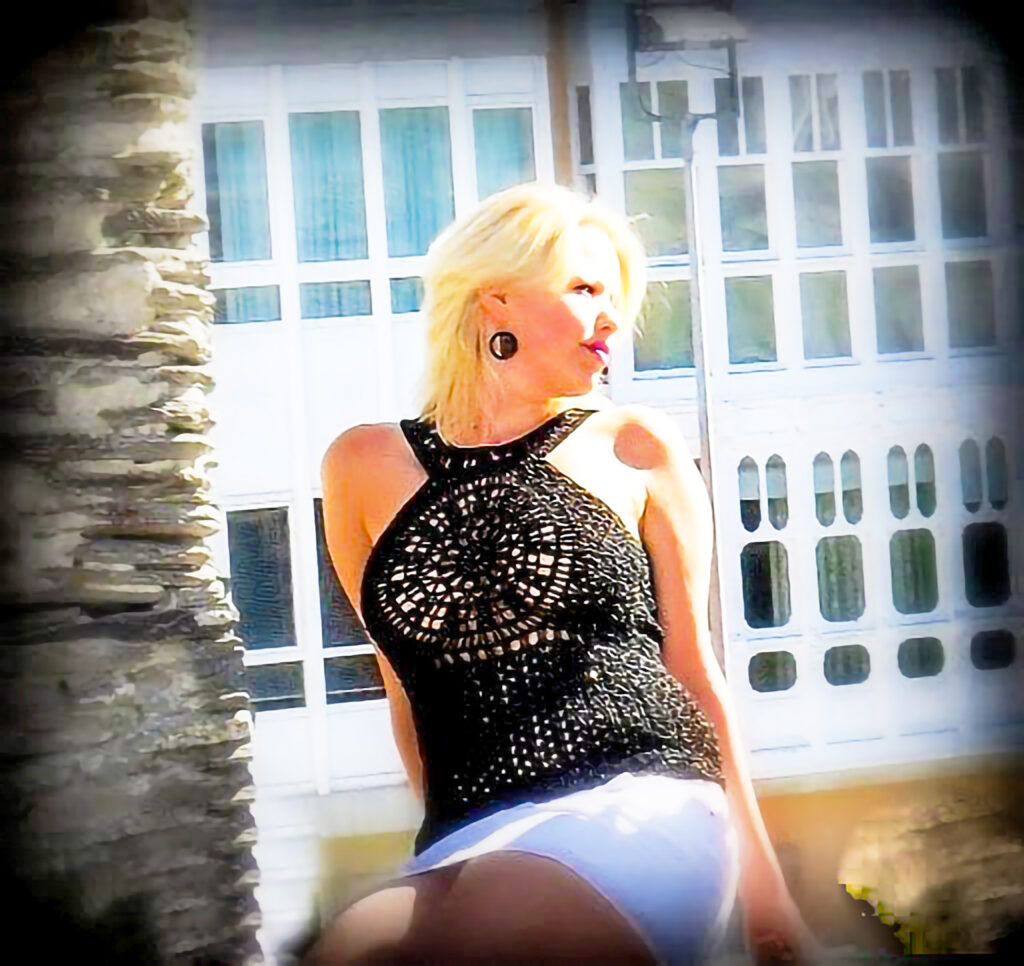

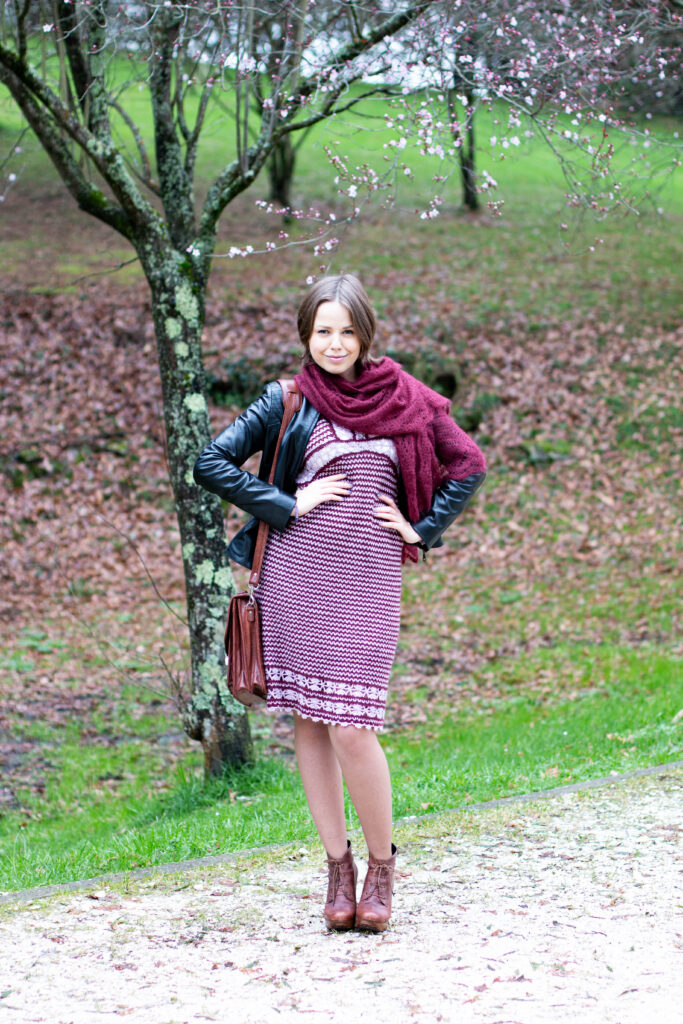

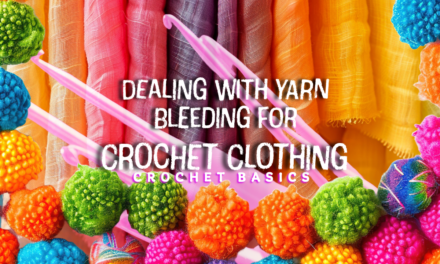
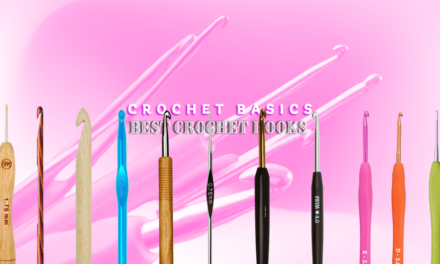
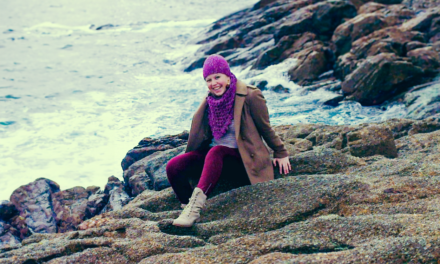

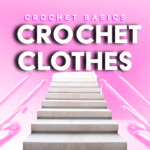


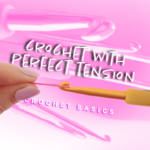
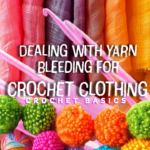
You have Successfully Subscribed!